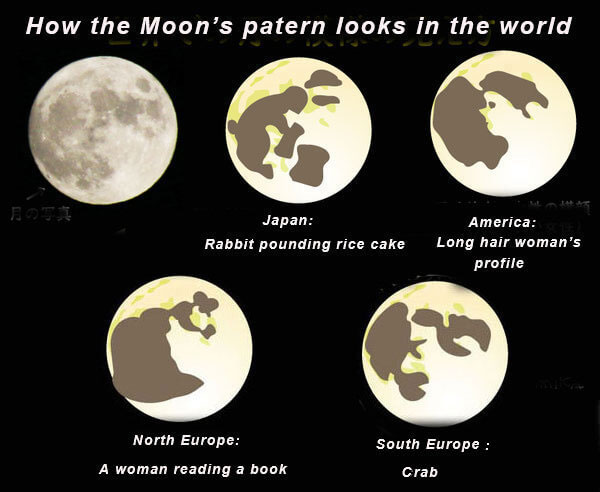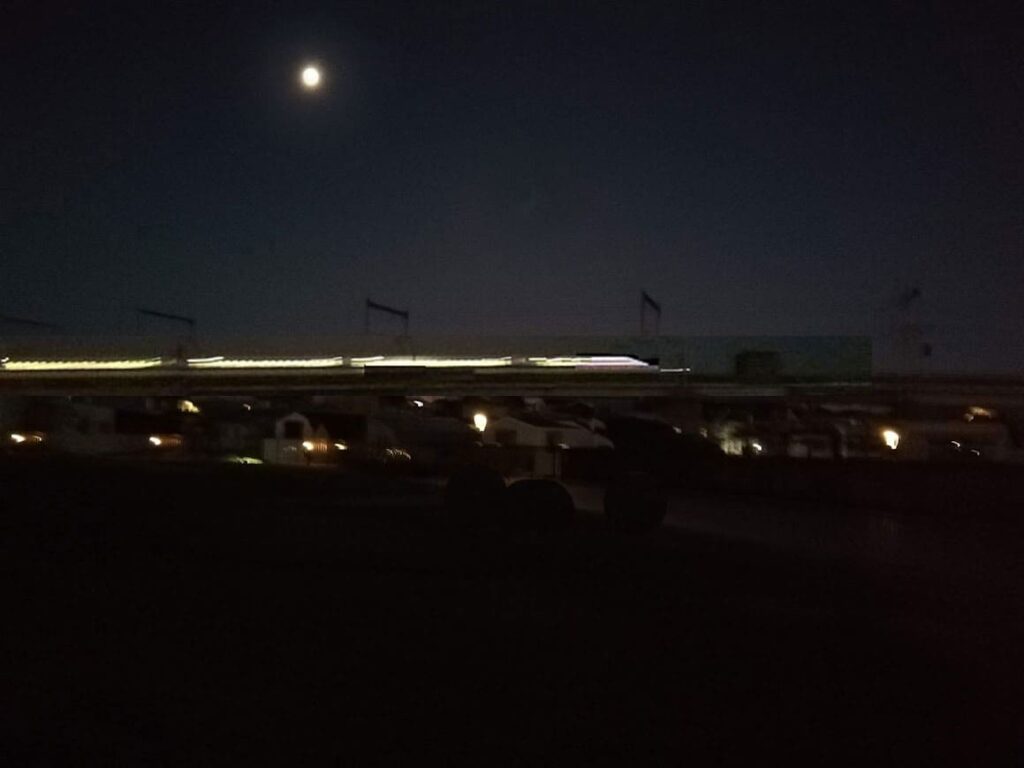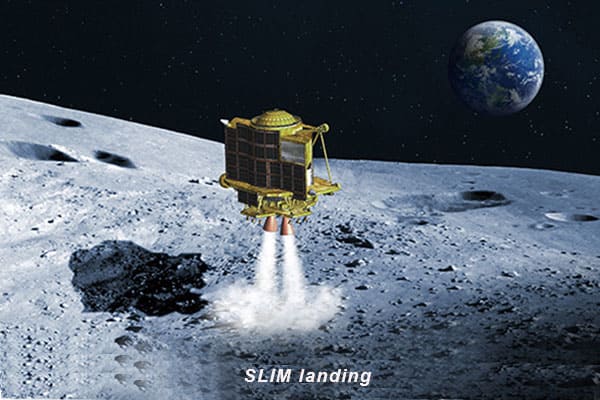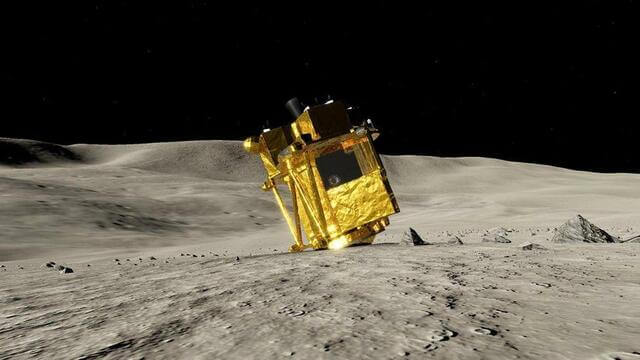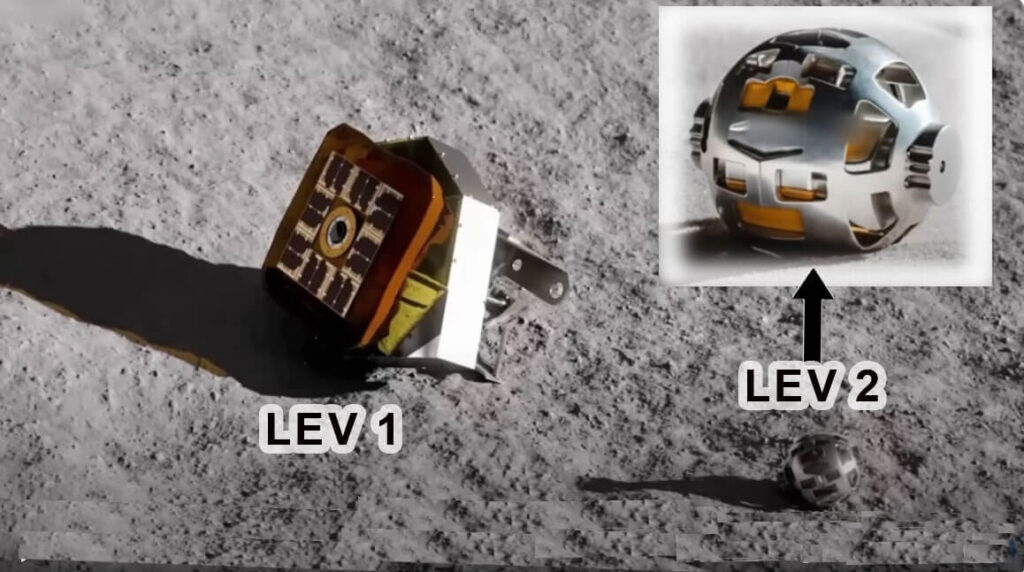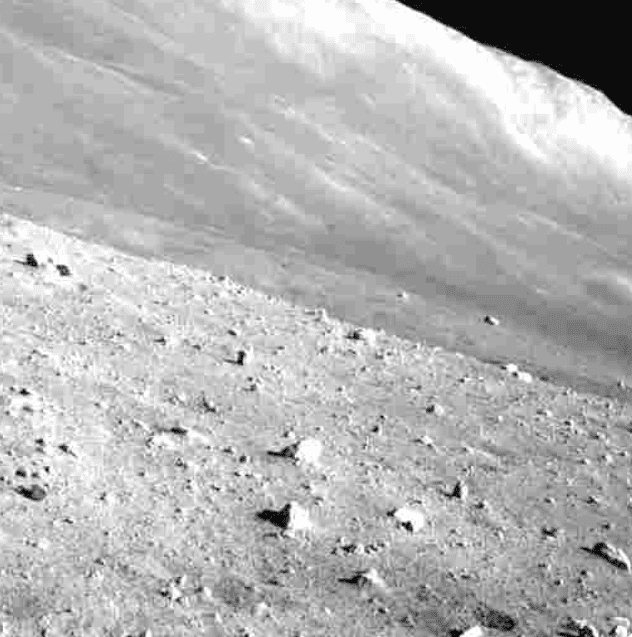Hi how are you? It’s a bright full moon right now. Let’s enjoy the beautiful full moon.
By the way, what do you think the patterns on the surface of the moon are?
In Japan, it has long been said that rabbits are pounding mochi(rice-cake).
As you can see in the images below, the moon has been seen in various forms by people all over the world.
Traditionally in Japan, the pattern of the moon is likened to “a rabbit making rice cakes on the moon.”
It’s interesting to remember that there was a time in my childhood when I believed such things.
The idea that the moon’s pattern is a rabbit can be seen in Asian countries, and the moon rabbit in Japan is thought to have come from China.
However, in China, it is said that they are not rabbits, but are said to be grinding an elixir of immortality.
Contents
Why does the moon have patterns?
Basalt(a type of igneous rock) contains a lot of dark iron and magnesium, so the area where the lava cooled and solidified looks like a black shadow. This black area is called the “sea.”
Thus, the Moon appears to have patterns because the materials that make up its surface vary from place to place.
What’s “SLIM”, then?
I had the opportunity to take a photo in the early morning when it was still dark, with the full moon shining brightly overhead, and at that time, the first Shinkansen (bullet train) was passing by, and luckily I took the chance to take the eye-catching picture that is a Japanese-English word derived from the English word featured image for this blog during the routine early-morning walking last month.
As you can probably guess from the image, the pattern of the moon is “SLIM; Smart Lander for Investigating Moon with Japanese national flag” or alias “Moon Sniper” that was launched by Japan Aerospace Exploration Agency; JAXA, in September 2023.
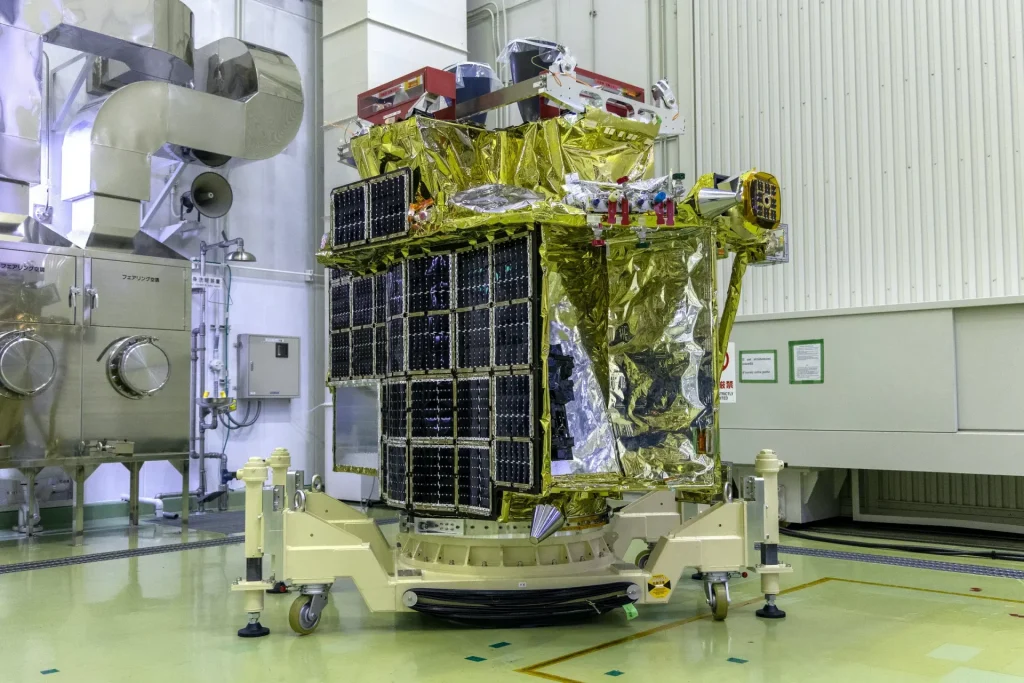 Mass: Approximately 200 kilograms excluding propellant; at launch: 700 kg
Mass: Approximately 200 kilograms excluding propellant; at launch: 700 kg
Height: 2.4 meters Length: 1.7 meters, Width: 2.7 meters
There are two purposes for missions to the moon
First and foremost is achieving the yet-unaccomplished goal of “landing at the desired location” after long journey of 38 thousand kilometers away from the Earth which is equivalent to approximately 10 laps around the equator.
On Earth, one can adjust and land at aimed spot due to air resistance, but on the moon whose size of the moon is approximately one-fourth the size of the Earth, without resistance of the air.
Therefore it’s not as simple as Earth to land at the targeted place.
What’s more, this time, the primary objective was to land within 100 meters of the intended landing site. And by landing 55 meters away from that landing point, humanity achieved the historic feat of “pinpoint landing” for the first time, enabling landings in still unexplored, complex terrain.
Simultaneously, the results of this endeavor allow for thorough investigation using two robots accompanying SLIM, named LEV (Lunar Excursion Vehicle)1 and LEV2, nicknamed “SORA-Q,” to survey lunar soil, regolith, sand, rocks, craters of various sizes, and more.
In particular, it is speculated that there may be ice beneath the surface of the region known as the lunar South Pole.
The pinpoint landing achieved by SLIM this time is expected to contribute significantly when landing in that South Pole area. If water can be obtained from that ice, it would be a tremendous help for humanity’s habitation efforts.
The second purpose of this is scientific exploration through surface observations of the moon
For mission accomplishment, SLIM is equipped with advanced equipment such as cameras for high-resolution imaging and spectrophotometers for analyzing the composition of rocks.
However, this mission has a very high level of technical difficulty, especially considering the extreme temperature difference between day and night on the moon, with temperatures exceeding 110 degrees Celsius during the day and dropping below -170 degrees Celsius at night.
Furthermore, due to the lunar day-night cycle lasting approximately 14 days, the spacecraft cannot receive sunlight for extended periods. Nevertheless, once sunlight hits the spacecraft again, it is equipped with an automatic restart function and resumes operation.
Despite the demanding environment, SLIM continues its relentless pursuit of data acquisition, including the origin and evolution of the moon, as well as its relationship with Earth.
SLIM experienced an engine failure during lunar descent, causing it to land upside down and thus not receiving sunlight. Consequently, SLIM temporarily lost power and communication with Earth became impossible.
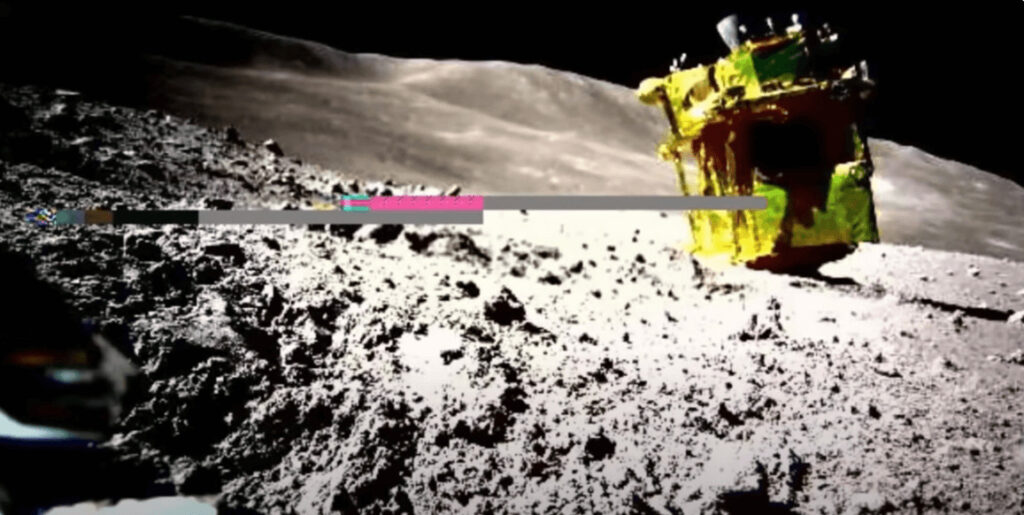
Photograph taken by LEV2 showing “SLIM standing out of upright”
But, as mentioned above of the automatic restart function of solar panel system, when it was fortunate to receive sunlight again, enabling scientific exploration and data exchange with Earth until January 31st.
Starting from February, however, it entered a dormant state again due to the lack of sunlight for about 2 weeks.
“Moon Sniper” miraculously wakes up on lunar surface
Japan’s lunar probe “SLIM” continues to breathe on the lunar surface. According to the Japan Aerospace Exploration Agency (JAXA), the unmanned probe SLIM, which was mostly dormant in February, miraculously woke up and sent new images capturing the Earth after its revival.
The fact that SLIM was not designed to withstand the harsh lunar temperatures of -170 degrees Celsius makes this development unexpected.
Anyway, on February 25th, it was once again illuminated by sunlight and communication was restored.
This revival will be remembered as a marvel in the history of space exploration.
Here are some details about SLIM and the photograph of the moon’s surface transmitted to Earth after its “all-nighter” on the moon.
Finally, enjoy the following two videos, thanks for browsing.
Russia, the United States, China, and India, along with other countries, will continue to explore the moon, uncovering new discoveries and revealing more about the moon’s true nature.
Japan hopes for further contributions from SLIM in the future.


